Helium mass spectrometer leak detector leak detection method inhalation method
Date:2019-12-12 Views:5257
The workpiece to be inspected is filled with the exploratory gas helium, which is at a pressure higher than the atmospheric pressure. The leak detection port of the helium mass spectrometer leak detector is connected to a sniffer probe. When there is a leak in the workpiece to be inspected, the leaked helium gas is sucked into the helium mass spectrometer leak detector by the sniffer probe and then detected. Move the sniffer probe on the surface of the workpiece to be inspected, and at the same time, pay attention to the change of the leak rate of the leak detector. Once the leak rate increases, the position pointed to by the sniffer probe is where the leak point is located. Therefore, the suction method is a leak detection method that can determine the location of the leak hole.
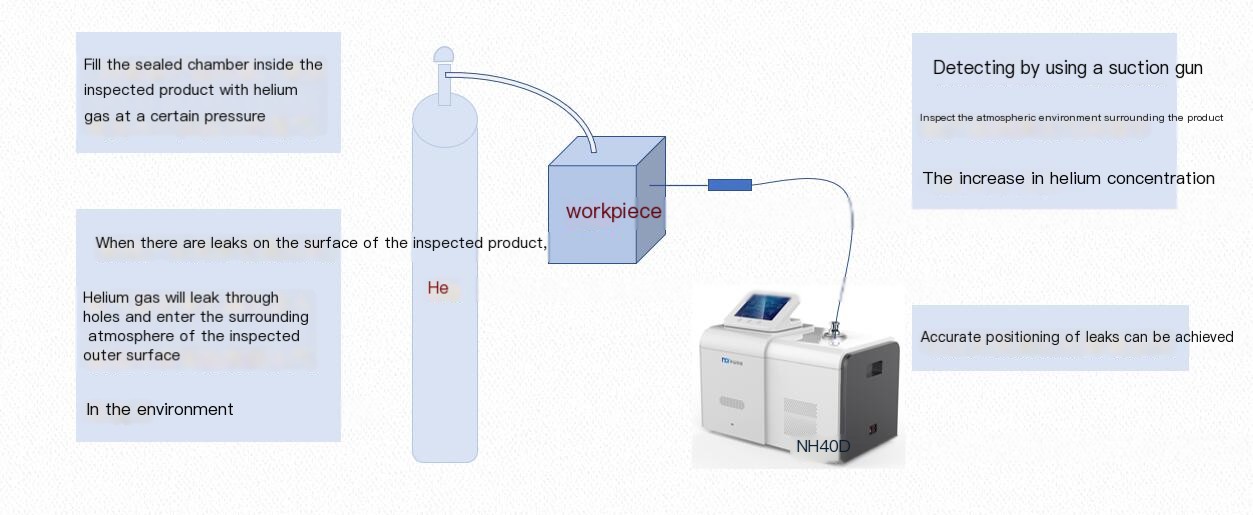
Compared with the vacuum pumping method, the difference of the suction method lies in that the workpiece to be inspected is not connected to the leak detector. The leak detector collects the helium gas leaked from the workpiece to be inspected into the atmosphere through the sniffer probe, including the 5.2 ppm of helium gas contained in normal air.
Due to the influence of many factors such as the distance between the sniffer probe and the workpiece to be inspected, the moving speed of the sniffer probe, and the ambient air, it is very difficult to completely suck in the leaked helium gas by the moving suction method. So, the moving suction method is not suitable for finding leaks in a large area. Because the moving speed cannot be too fast (it is advisable not to exceed 10 mm/s), it takes too much time and cannot keep up with the pace of assembly line production. According to research, in a good surrounding environment, that is, when effectively preventing helium interference, the suction method can detect a leak hole with a leak rate of 1*10-8 Pa.m3/s.
Since helium is lighter than air and diffuses quickly, when using the moving suction method for leak detection, the sequence should follow the principle of from bottom to top. In some specific cases, the port of the sniffer probe can be made into a certain shape to directly cover the suspected leak points such as welds and joints, so as to more closely approach 100% suction of the leaked helium gas.
Regarding the response time, it refers to the time from when the sniffer probe touches the helium gas to when the leak rate signal displayed by the helium leak detector reaches 63% of the stable value, which is called the response time of the sniffer probe. This time is related to the structure of the sniffer probe and also includes the response time of the helium mass spectrometer leak detector. The longer the sniffer probe is, the longer the response time will be. For a sniffer probe with a too long response time, the moving speed of the sniffer probe must be reduced, otherwise, it is very difficult to find the location of the leak hole. We can use a fast sniffer probe, and the advantage is that the large gas intake can speed up the response and quickly find large leaks.


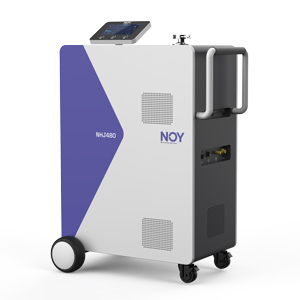
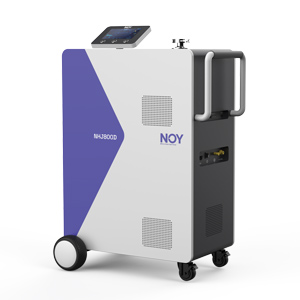
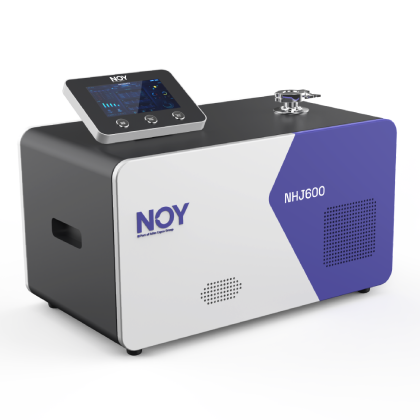
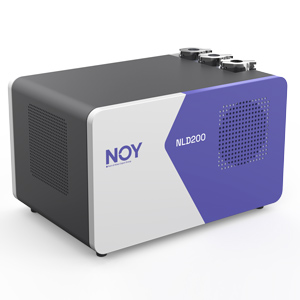
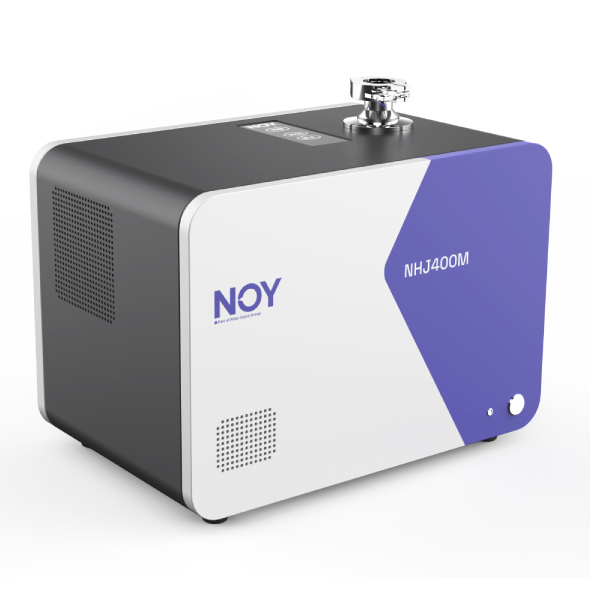
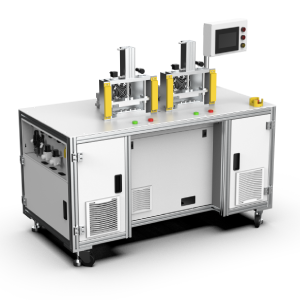

 Public Security Network Security Record in Anhui Province No. 34010302001915
Public Security Network Security Record in Anhui Province No. 34010302001915